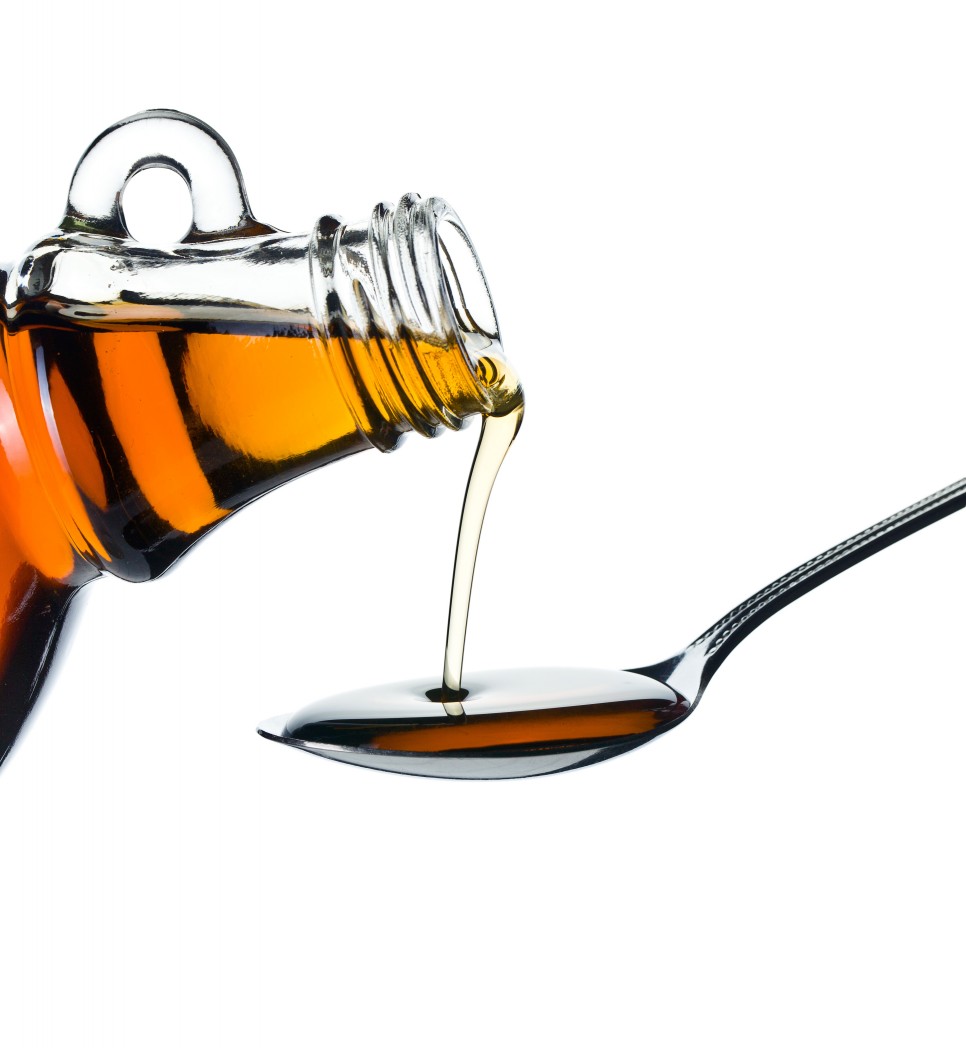Teenagers in Published Study Find Maple Syrup Protected Motor Neurons in an ALS Model

An after-school study by two teenagers in Canada found that maple syrup protects neurons and halts the development of amyotrophic lateral sclerosis (ALS) in an animal model of the disease. While the study was intended for educational purposes, its discoveries that might be of interest to drug developers.
The students, Catherine Aaron and Gabrielle Beaudry, worked with neuroscience researchers in the laboratory of Alex Parker at the University of Montreal Hospital Research Centre. Earlier studies led by Dr. Parker have shown that sugar has a protective effect on neurons in a model of ALS using the worm C. elegans. While this simple organism differs significantly from the complex biology of humans, it is often used to study particular aspects of human disease — such as neuroprotection — since we share an astonishing amount of genes.
The study was published in the Journal of Agricultural and Food Chemistry two and a half years after Aaron and Beaudry began the work, as 17-year-old high school students.
“We wanted to test the effect of a natural product on a neurodegenerative disease such as Alzheimer’s. Professor Parker had already discovered that sugar prevents the occurrence of ALS in an animal model of the disease, the C. elegans worm. That’s how we got the idea of maple syrup, a natural sugar produced in Quebec,” Beaudry said in a press release.
To model ALS in the worm, Dr. Parker’s lab mimics the TDP-43 mutation, the most common genetic cause of ALS. In worms, as in humans, the mutation causes motor neuron degeneration. At around two weeks, a mature age for C. elegans, about half the worms holding the mutation are paralyzed.
In the study, “Maple syrup decreases TDP-43 proteotoxicity in a C. elegans model of ALS,“ the students added maple syrup at various concentrations to the normal diet of the genetically modified worms, comparing them with those C. elegans on a normal diet.
“After twelve days, we counted under the microscope the worms that were moving and those that were paralyzed. The worms that had consumed the highest dose of syrup were much less likely to be paralyzed.”
An addition of 4 percent maple syrup reduced the number of paralyzed worms from 50 percent to 17 percent. “We can, therefore, conclude that maple syrup protects neurons and prevents the development of ALS in C. elegans worms,” said Dr. Parker, a professor in the Faculty of Medicine.
“Sugar is good for the nervous system. Diseased neurons require more energy to combat toxic proteins. But maple syrup is rich in polyphenols, powerful antioxidants found in certain foods. We isolated phenols contained in the maple syrup, and we showed that two polyphenols in particular — gallic acid and catechol — have a neuroprotective effect. In pure maple syrup, these polyphenols are found in low concentrations. Probably a combination of sugar and polyphenols prevents the occurrence of the disease in worms,” said Martine Therrien, the PhD student who supervised Aaron and Beaudry.
The findings, however, cannot be directly applied to humans, and the authors caution people from trying the treatment regimen at home.
“The life expectancy of C. elegans worms is only three weeks. They are spared the long-term toxic effects of sugar. Humans who consume comparable amounts of sugar risk developing chronic diseases such Type 2 diabetes and obesity,” said Parker.






